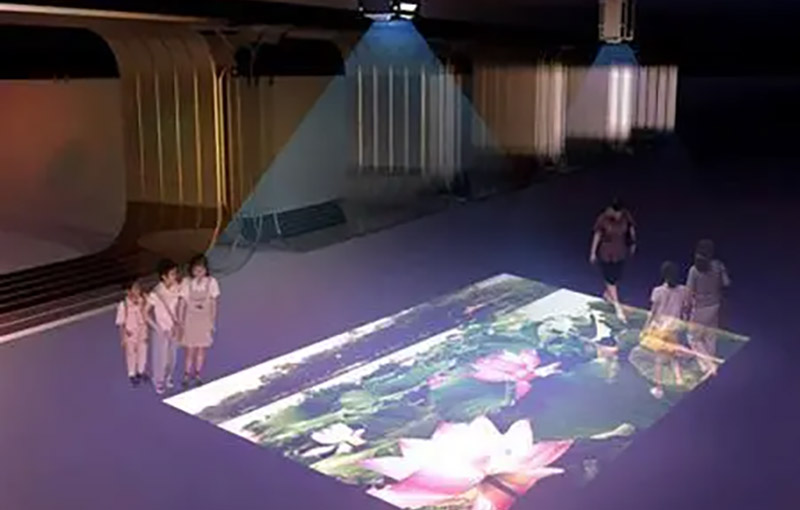Integrating LiDAR technology with existing multimedia platforms presents several challenges, but it also offers significant benefits. This article explores the key challenges and provides solutions for successfully incorporating LiDAR into multimedia applications.

Introduction to LiDAR Integration
LiDAR captures 3D spatial data by emitting laser pulses and measuring their reflections. Integrating this data with multimedia platforms involves combining it with existing technologies, such as AR, VR, and interactive displays, to enhance user experiences.
Challenges in Integration
One of the main challenges in integrating LiDAR with multimedia platforms is processing large volumes of data in real-time. LiDAR data requires substantial computational power to process and render, which can strain existing systems. Additionally, ensuring compatibility with different multimedia platforms and applications can be complex.
Solutions for Data Processing
Advancements in hardware and software are addressing the challenge of processing LiDAR data. Modern processors and GPUs are becoming more powerful, enabling faster data processing and rendering. Additionally, optimized algorithms and software solutions are being developed to handle LiDAR data more efficiently.
Ensuring Compatibility
Ensuring compatibility with existing multimedia platforms involves developing interfaces and integration tools that can bridge the gap between LiDAR data and various applications. Standardized protocols and APIs can help facilitate this integration, making it easier to incorporate LiDAR into different systems.
Examples of Successful Integration
Successful examples of LiDAR integration include AR applications that use LiDAR for precise object placement and interactive displays that utilize LiDAR for gesture recognition. These examples demonstrate how LiDAR can enhance multimedia experiences and provide valuable insights into successful integration practices.
Future Prospects
As technology continues to evolve, the integration of LiDAR with multimedia platforms is expected to become more seamless. Future developments may include more advanced integration tools, improved data processing capabilities, and new applications that leverage LiDAR’s capabilities.
Conclusion
Integrating LiDAR with multimedia platforms presents challenges, but advancements in technology and innovative solutions are making it increasingly feasible. Successful integration enhances user experiences and opens up new possibilities for multimedia applications.


